-
14 Nights / 15 Days
-
Private
-
Every Day
Description
15 Days Egypt Tour “The Tour of A Lifetime”
Embark on a fantastic journey to the land of Pharaohs through 15 days Egypt tour and explore the wonders of the ancient world which located in Egypt. Discover the beauty of Cairo with our Egypt itinerary 15 days and visit the famous pyramids & the sphinx. Enjoy a luxury Nile cruise in the Nile valley and discover the charming attractions lies between Luxor & Aswan such as the Valley of the Kings, Karnak & Philae temples, and much more. Live free days in Hurghada and enjoy best sea activities such as snorkeling and diving excursions. Visit the ancient ruins of Geo-Roman Alexandria such as Qaitbay citadel & catacombs of Kom El Shoqafa. Our 15 days Egypt tour is full of many adventures, so don’t miss the chance and book us now.
Itinerary
Experience
-
Highlights
-
Visit the best of Cairo.Visit the best of Aswan.Visit the best of Luxor.Visit the best of Alexandria.Relax in Hurghada beaches.Optional Tours:-Hurghada excursions.Hot Air Balloon.Sound & Light Shows.
-
Includes
-
07 night's accommodation in Cairo at a luxury 5 star hotel on bed and breakfast basis.03 night's accommodation on board a luxury 5 star Nile Cruise on full board basis (all meals included) including all above shore excursions.01 night's accommodation in Luxor at a luxury 5 star hotel on bed and breakfast basis .03 night's accommodation in Hurghada at a luxury 5 star hotel on bed and breakfast basis .All transfers as per above mentioned program.Private English speaking Egyptologist guides as per the itinerary.Entrance fees for all sightseeing.Arrival/departure assistance.Domestic flights: Cairo to Aswan and Hurghada to Cairo.Luggage handling at airports and hotels .Private and deluxe air-conditioned vehicle for all transportation.All Meals mentioned in the itinerary.All applicable taxes.
-
International airfares.Egypt entry visa.Tipping for guides, driver, Nile cruise crew, etc…Personal expenses (laundry, telephone calls, etc...)Optional Tours.Any extra visits which not included.
Starts from $ 4590
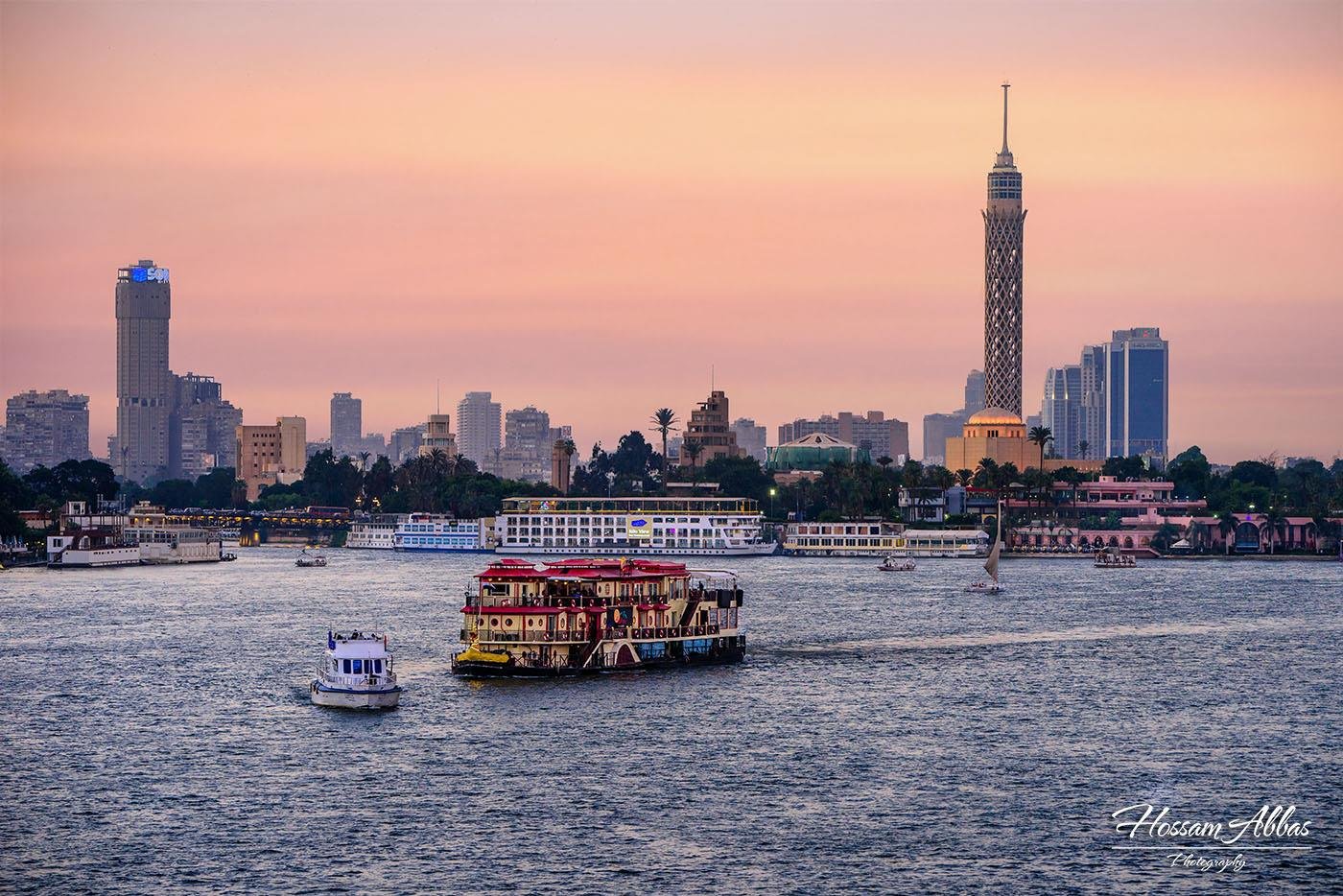

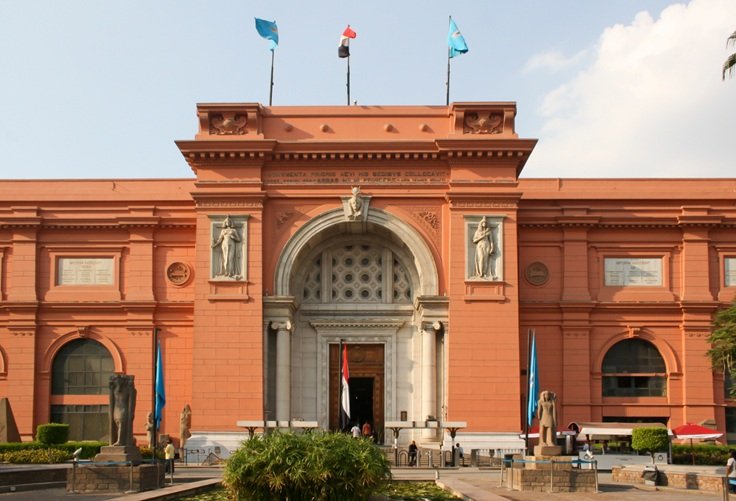

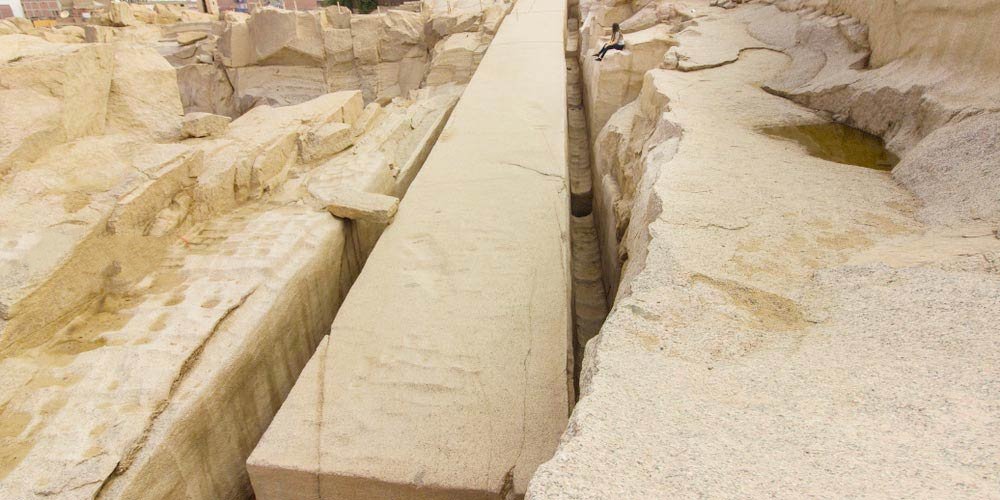



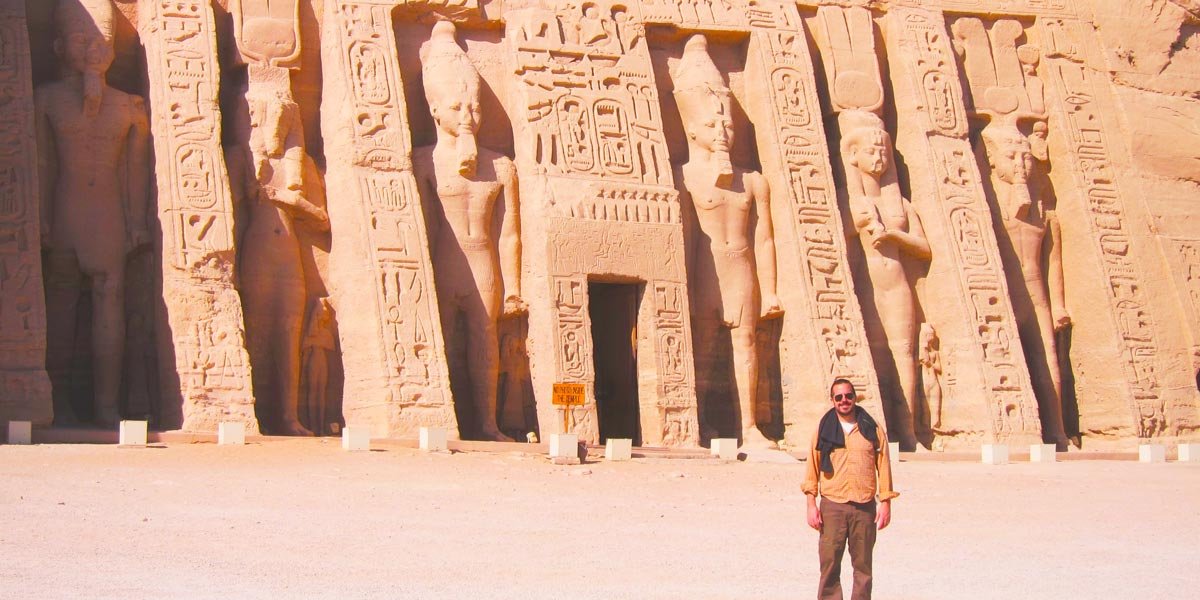


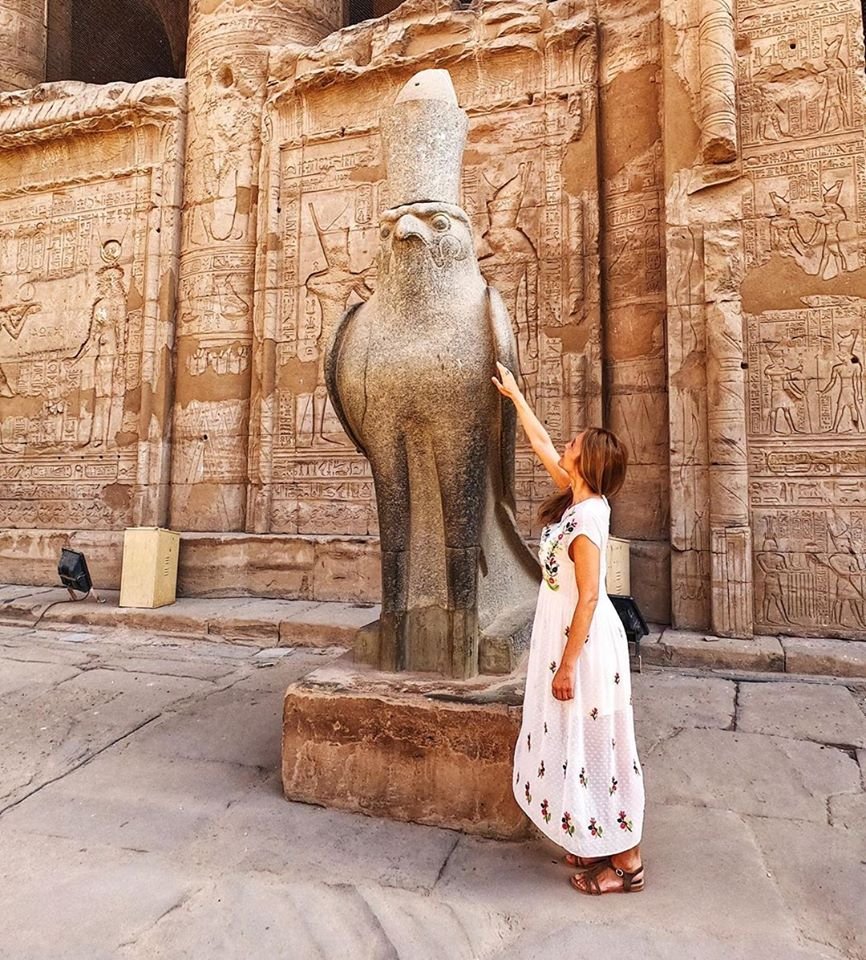


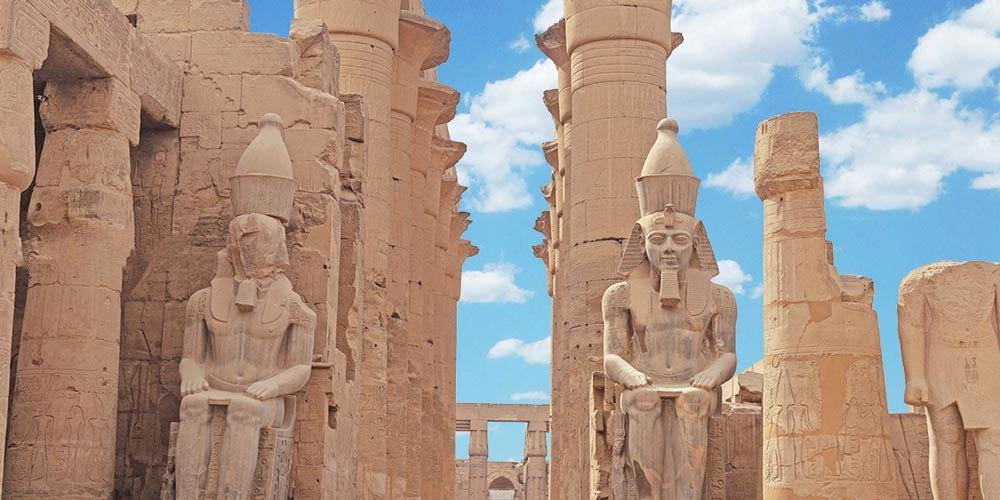
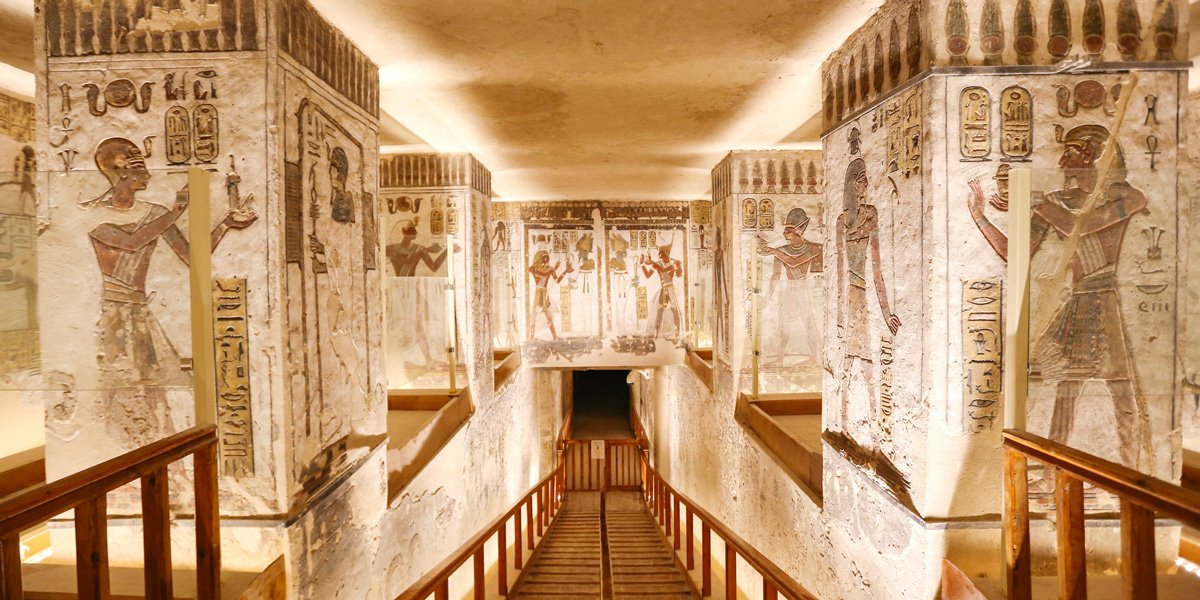
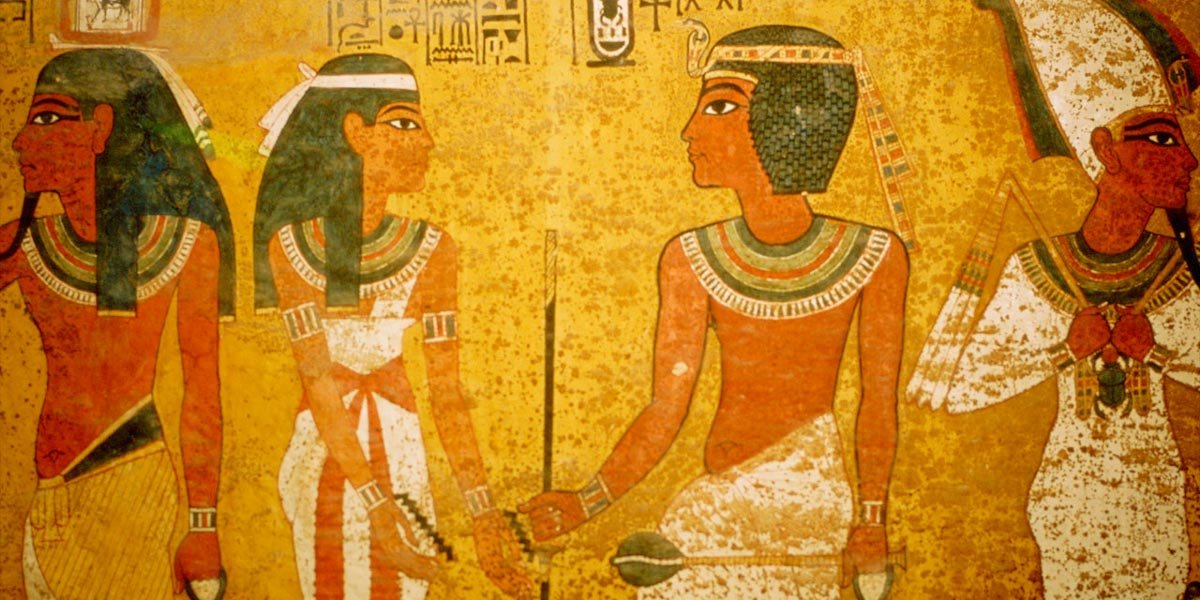
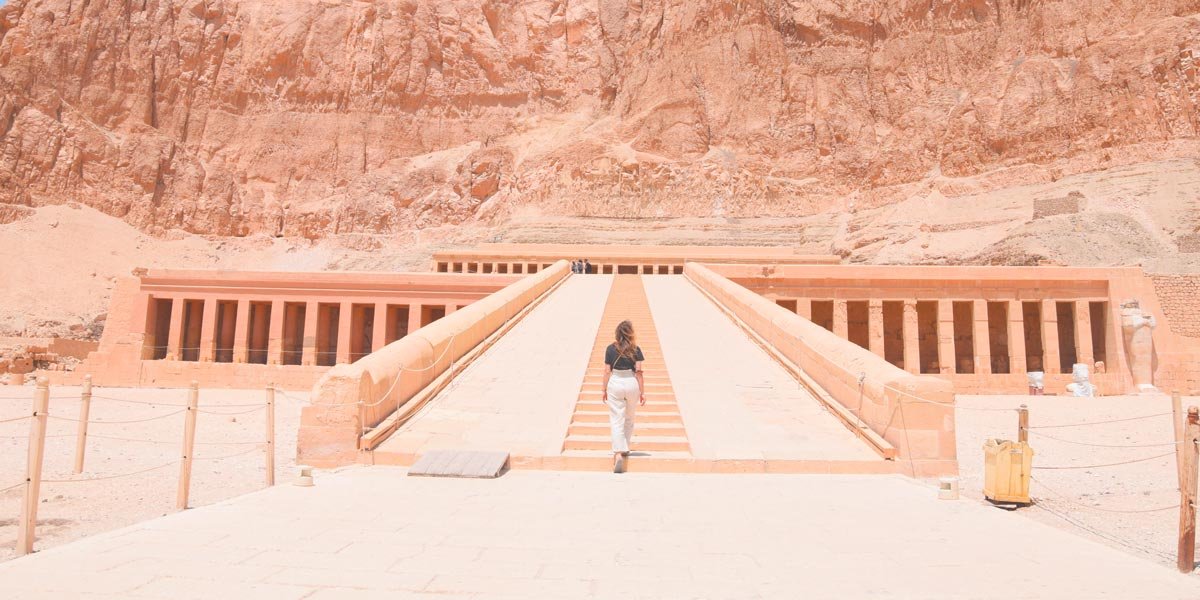






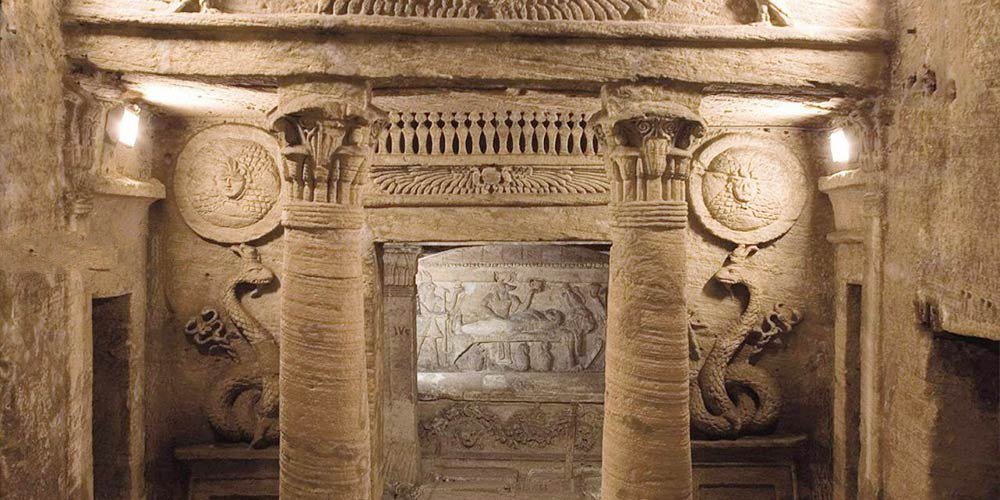
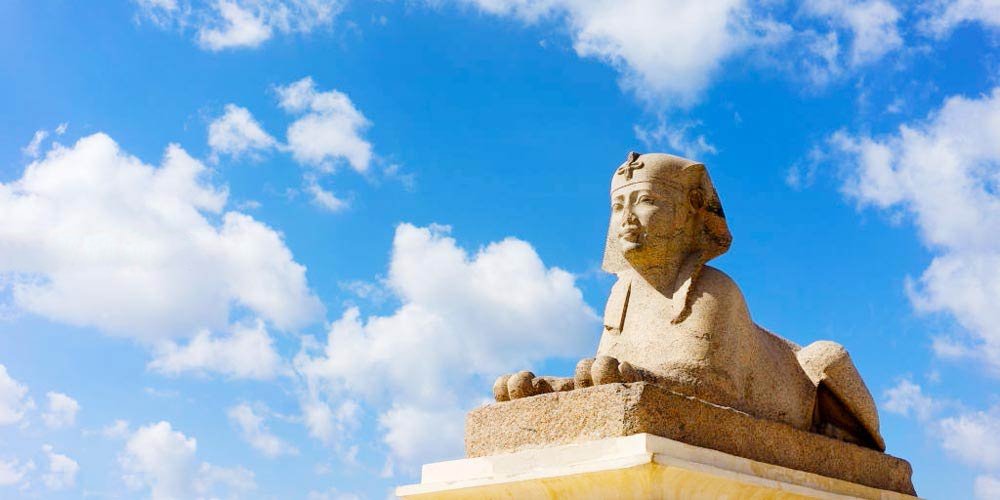

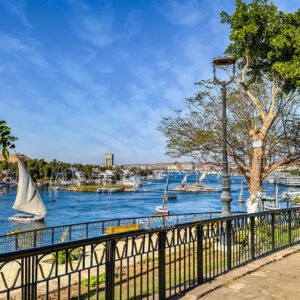
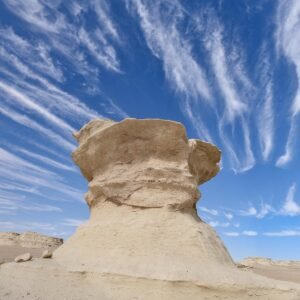


Be the first to review “Egypt Luxury 15 days Tour to Cairo » 3 nights Nile Cruise» Hurghada» Alexandria”